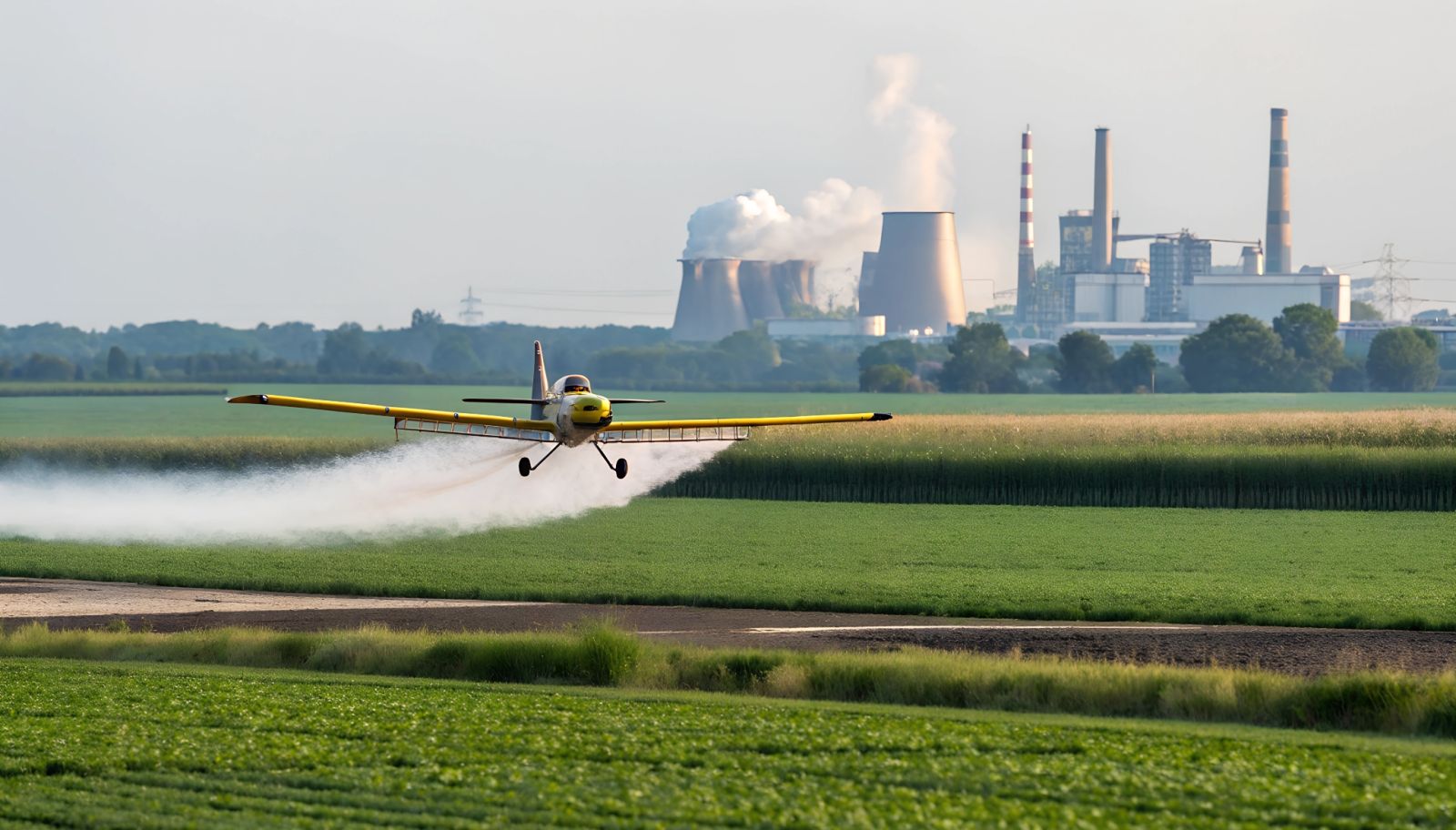Follow us on Google News (click on ☆)

A spreading of products that are both fertilizing and capturing CO2?
The principle of this method is based on a natural phenomenon: silicate weathering. These minerals, abundant on Earth, react slowly with water and CO2 to form stable carbonates. However, this reaction takes thousands of years. The researchers therefore sought to accelerate this natural process.
An efficient mineral transformation
The Stanford research team developed an innovative method to accelerate the natural process of carbon dioxide (CO2) capture by minerals. Inspired by the technique used to manufacture cement, they developed a process that involves heating calcium oxide and magnesium silicates together. This chemical reaction generates a transformation that results in the formation of two highly reactive compounds: magnesium oxide and calcium silicate. These compounds have the ability to absorb CO2 present in the atmosphere, even at low concentrations, and transform it into stable carbonates, thus permanently trapping it.
The results obtained in the laboratory are promising. The transformed minerals demonstrated an increased capacity to capture CO2 compared to natural silicates, and at a significantly higher rate. According to the researchers, each ton of reactive material produced through this process could remove one ton of CO2 from the atmosphere. This discovery paves the way for large-scale application, offering a viable solution to significantly reduce the concentration of CO2 in the atmosphere and combat climate change.
This method has two main advantages: it is both economical and easily adaptable to an industrial scale. The raw materials required (calcium oxide and magnesium silicates) are abundant and inexpensive. Moreover, the mineral transformation process can be carried out in conventional furnaces, already used in cement production. Thus, this technology could be quickly deployed on a large scale, offering a concrete and effective solution to combat the accumulation of CO2 in the atmosphere and its harmful effects on the climate.
Multiple applications
The potential applications of this discovery are vast and could transform our approach to carbon management. One of the most promising options is the spreading of reactive minerals over vast areas of land. One can imagine fields where, in addition to growing food, we actively contribute to trapping atmospheric CO2. These minerals, acting as true carbon magnets, could be dispersed on agricultural lands, industrial areas, or even wastelands, offering a simple and effective solution to reduce the carbon footprint of various human activities.
Indeed, beyond CO2 capture, these minerals could also play a role in improving soil quality. They also present a utility for enhancing soil fertility and structure, by providing essential nutrients to plants and promoting more sustainable and productive agriculture. This dual action, both on CO2 capture and soil quality, opens interesting perspectives for an integrated use of these minerals in the context of environmentally friendly agriculture.
It is important to note that these applications are not yet at the stage of large-scale deployment. Further research is needed to assess the long-term impact of these minerals on ecosystems and to optimize their use in different contexts. However, the initial results are encouraging and suggest that this approach could play a significant role in the fight against climate change, while offering additional benefits for agriculture and soil management.